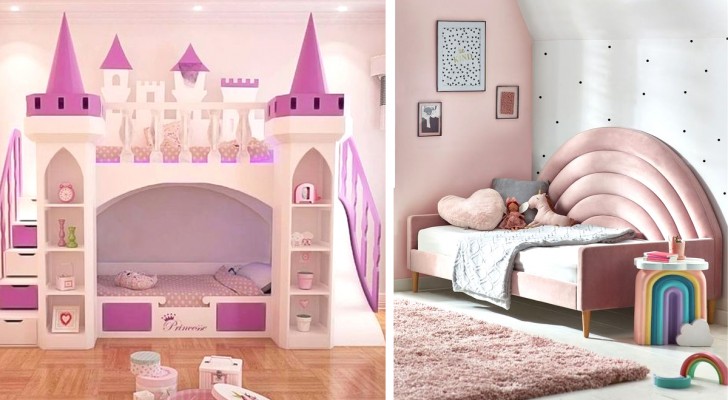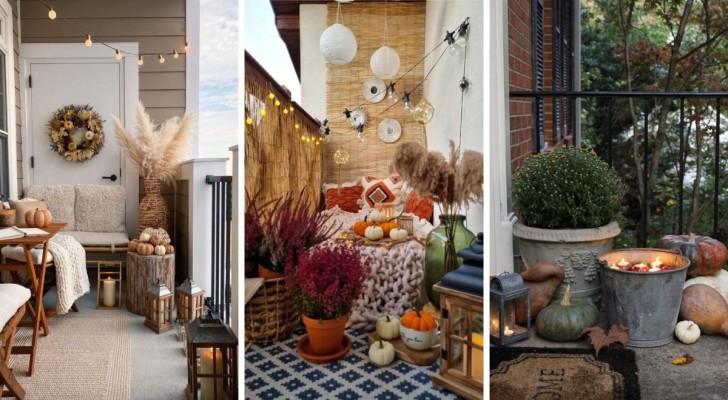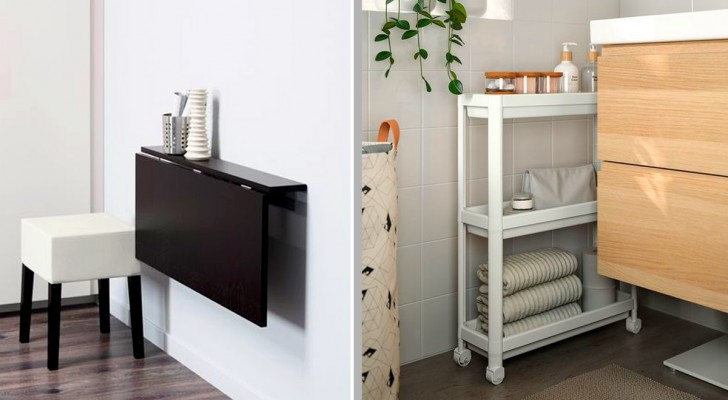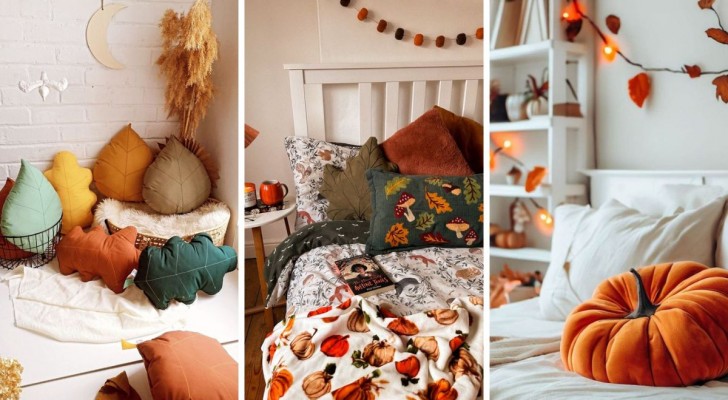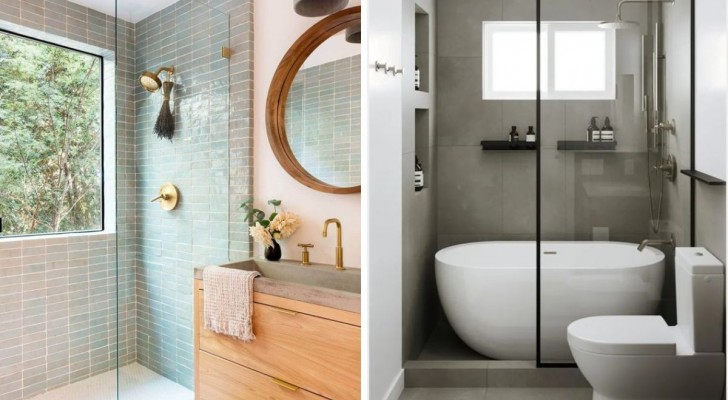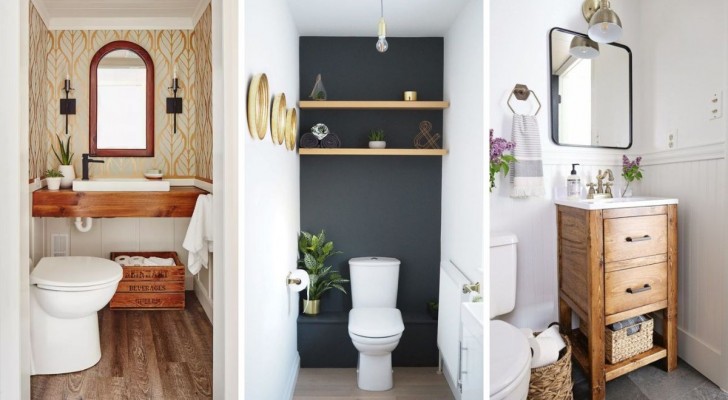Create a relaxing and pleasant living room by following feng shui principles
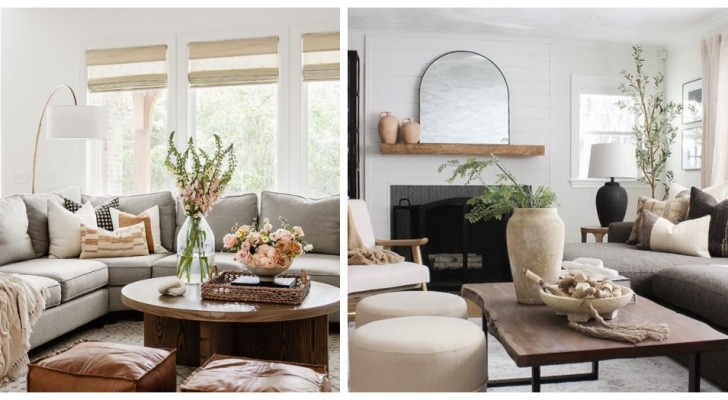
For a long time, the dictates of the Chinese philosophy of life known as feng shui has also been applied to the interior design of houses: furnishing a space following the rules of this philosophy-science allows one to create a truly balanced and pleasant environment.
It is a question of exploiting the resources available, especially in terms of space, materials and lighting, so that the room allows one to savor the harmony and balance that makes it perfect for living in with family members and guests at any time. Here are some useful tips for furnishing a living room according to the principles of feng shui.
An important idea in feng shui is that of the "circulation" of vital energy (Qi): the spaces must all be designed in such a way as to be free and not obstructing this flow. This means that that it should be easy and fluid for you to move around a room. If this is not the case, then the furniture must be moved or changed.
It is best to remove something from a room than to find yourself in a cluttered, oppressive and / or uncomfortable environment.
Another fundamental to feng shui is the lighting: natural light must be amplified, and any artificial light should be deployed in such a way as to illuminating were needed, but without dazzling and annoying anyone. So, it will take different types of lamps, chandeliers and maybe even installing dimmer switches that will allow you to choose the intensity of the light.
And then there is the use of mirrors: these reflect light and make rooms seem brighter and larger.
Mirrors and paintings, prints or illustrations used to decorate the walls (and which should always have relaxing subjects) should be placed on the upper portion of the walls. Putting them low down, according to feng shui, can dampen the mood: the rule to try is "always put them a few centimeters higher than where you originally thought to hang them". This will turn people's gaze upward.
Never forget plants: they are what reminds us of nature and represent natural living. They give off a sense of vitality and are therapeutic. It is best to use those with lush foliage and light-colored leaves rather than succulents (according to the tenants of feng shui).
Harmony between elements: it is one of the pillars of this philosophy. Try to remember the categories that must be present:
- Earth: square and low furniture in warm tones (browns, yellows, earthy colors and even gold), geometric patterns, ceramics and porcelain.
- Wood: vertical lines and elements, plants; botanical and floral patterns; tall furniture.
- Fire: triangular shapes, lights and candles; leather or animal print objects; pointed and angular objects and abstract art.
- Metal: arched and circular shapes; metallic details and colors, sparkling fabrics.
- Water: irregularly curved shapes; the whole range of blues; iridescent and reflective materials.
If the living room is to be a area in which you will gather with others and converse, try to group the chairs, armchairs and sofas in such a way that they immediately welcome those who enter the room. And, above all, avoid that they have their backs to the door - especially with the sofa. Everyone sitting in the living room should be able to see who comes in, and if this is not possible, use a mirror on the wall to help everyone get a full view of the room.
Could these tips help you redesign your living room?
